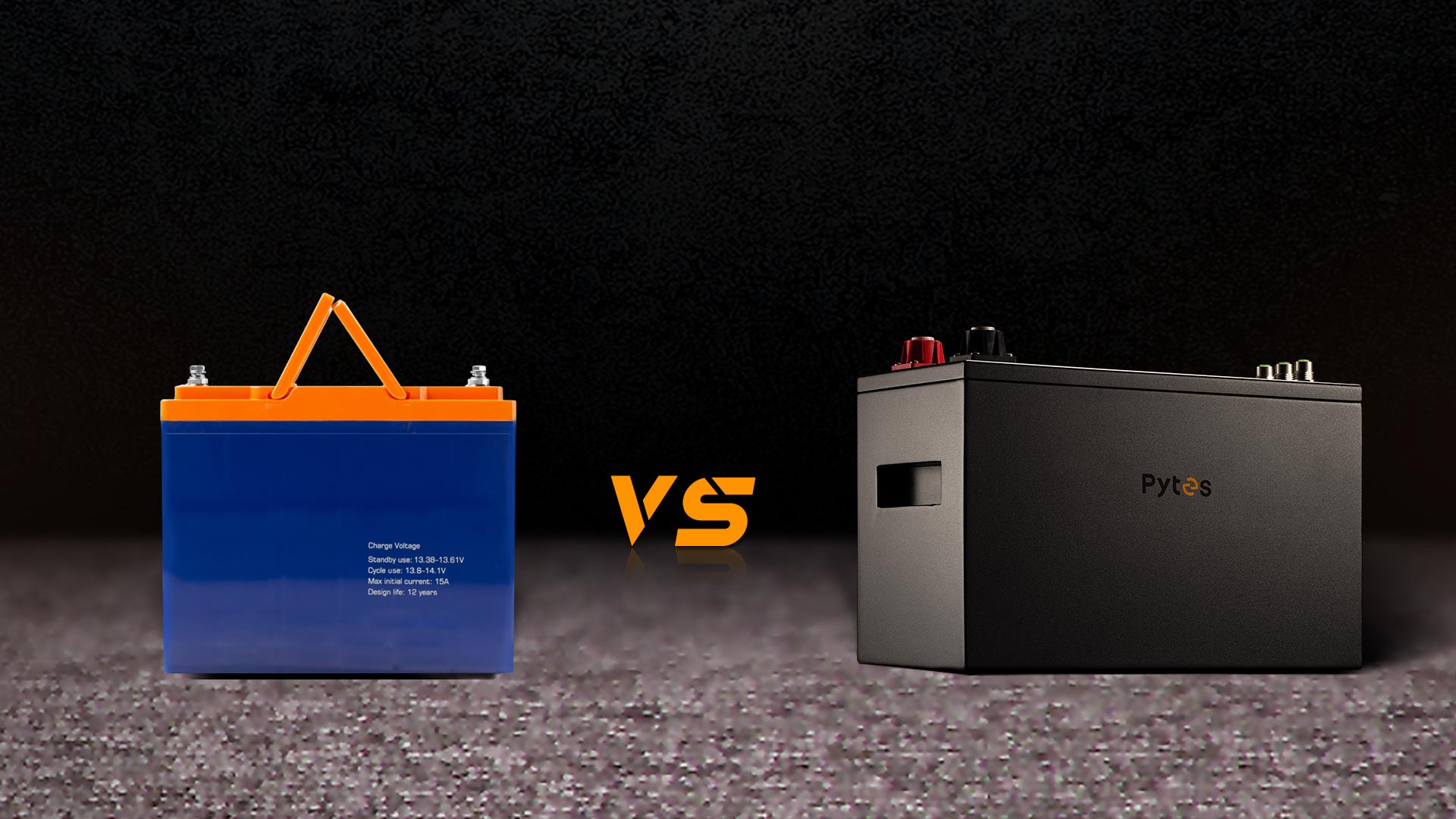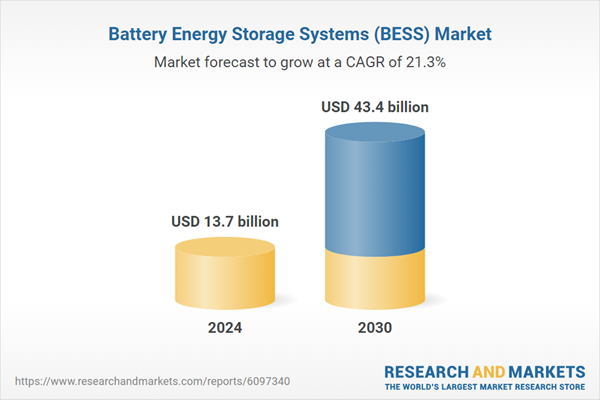
1. Weight energy density
At present, the energy density of lithium batteries is generally 200~260wh/g, and that of lead-acid is generally 50~70wh/g. The weight energy density of lithium batteries is 3~5 times that of lead acid, which means that under the same weight, the capacity of lithium batteries is three to five times stronger than that of lead-acid batteries, so lithium batteries have an absolute advantage in energy storage.
2. Volume energy density
Since the volumetric capacity density of lithium batteries is generally about 1.5 times that of lead-acid batteries, lithium batteries are about 30% smaller than lead-acid batteries at the same capacity.
3. Usable Energy
It is generally accepted that the most economic and practical depth of discharge (DOD) for a lead-acid battery is 50%. For lithium-iron-phosphate (LiFePO4 or LFP) which is the safest of the mainstream li-ion battery types, 80%-90% DOD is used. Based on all this it is reasonable to say that a lead-acid battery will need to be twice the Ah rating of a lithium one.
4. Service life cycle
Currently the most popular lithium battery materials are ternary lithium and iron lithium. For example, ternary lithium batteries typically have 1000 cycles, lithium-iron-phosphate (LiFePO4 or LFP) batteries have more than 2,000 cycles, and lead-acid batteries typically have 300-350 cycles. Then this shows that the life of lithium batteries is about 3-6 times that of lead-acid batteries.
5. Price
Lead-acid batteries are currently cheaper than lithium batteries, which cost about three times as much as lead-acid batteries. However, through the service life analysis, if the same cost is used, the life of the lithium battery is longer.
6. Charging performance
Lead-acid: Charging rate is recommended around 0.1C-0.2C. High rate charging will not substantially reduce the charging time of a lead-acid technology battery. Charging the last 20% of a lead-acid technology battery is always slow and inefficient.
Lithium: Charging rate is recommended around 0.2C-1C. Fast Charging series can be charged at 4C-6C.
Overall Charging efficiency: Lead-acid: Lithium= 75%: 98%
7. Environmental protection
Due to the serious pollution of lead-acid batteries, environmental damage can be caused in the production process or discarded waste batteries. Therefore, from an environmental point of view, it is necessary to limit the reinvestment of lead-acid batteries or limit the use of lead-acid batteries in some areas.


